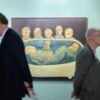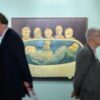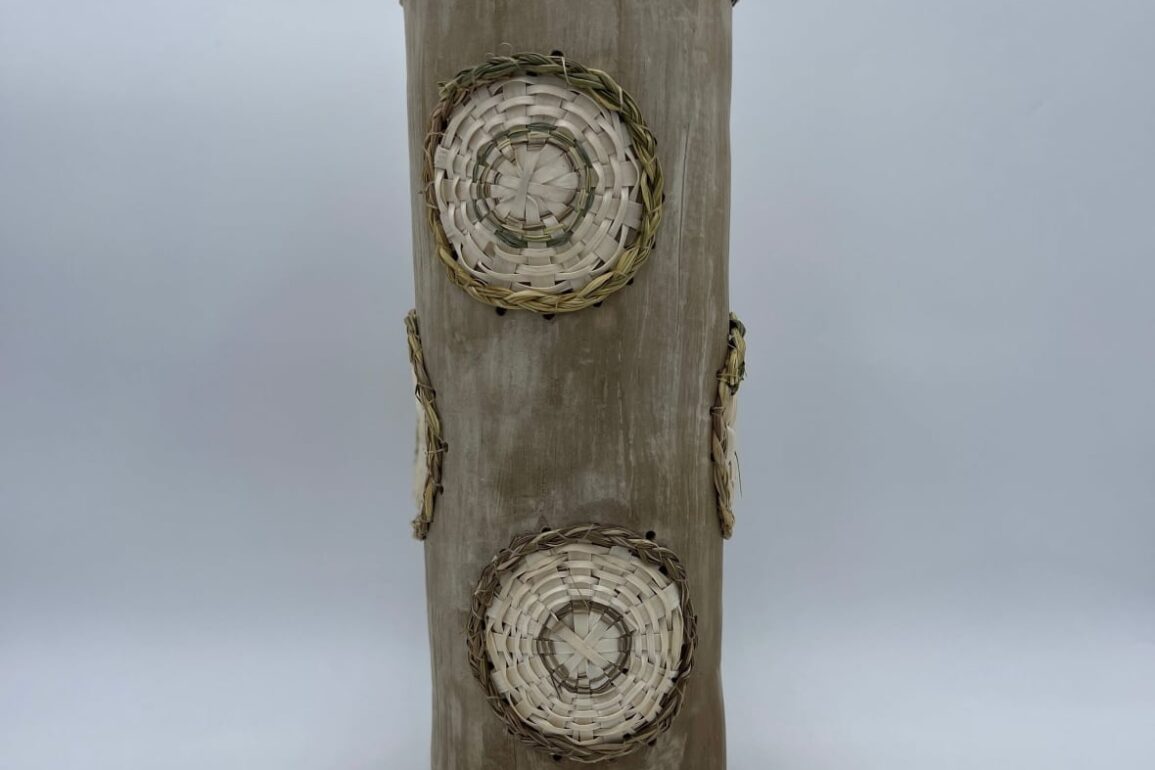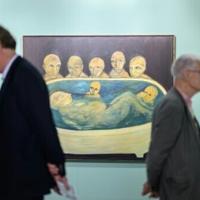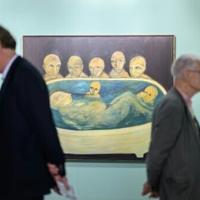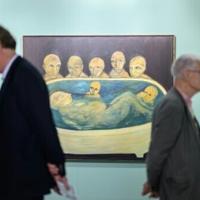Indigenous artists in Atlantic Canada have an opportunity to expand their export markets by showcasing their work at the Santa Fe Indian Market, North America’s largest Indigenous art market, with help from the Craft Alliance Atlantic Association (CAAA).
The trade association supporting both Indigenous and non-Indigenous artisans in the Atlantic provinces will assist 12 selected local Indigenous artists attend the event in Santa Fe, N.M., happening in August.
Hosted by the Southwestern Association for Indian Arts (SWAIA), the annual outdoor market features over 1,000 Indigenous artists and attracts around 100,000 attendees annually.
Artists have the opportunity to sell their work and compete for prestigious awards across categories including jewelry, pottery, beadwork, quillwork and sculpture.
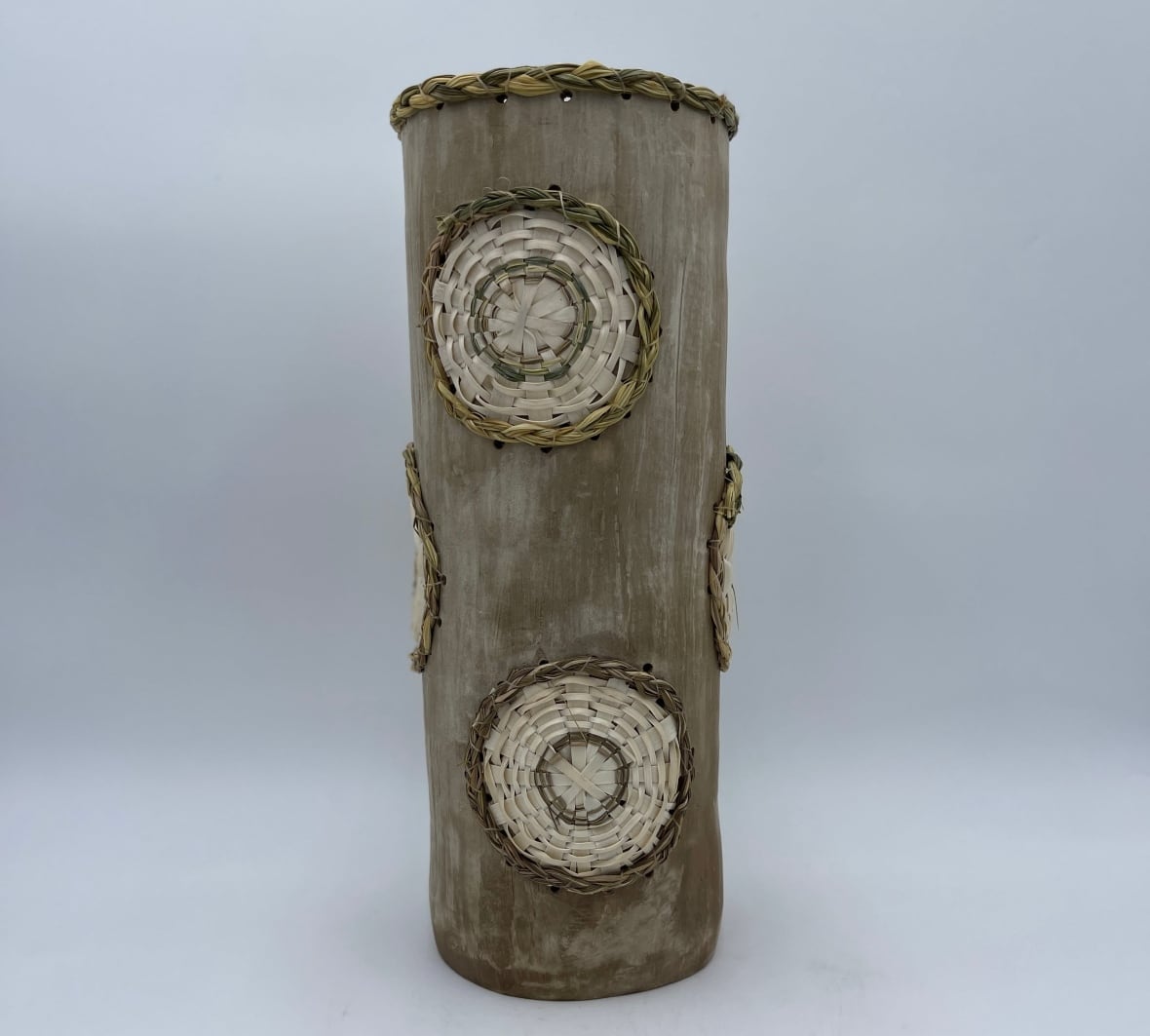
Nancy Oakley, a Mi’kmaw and Wampanoag pottery artist from Eskasoni First Nation on Cape Breton Island, and owner of Oakleaves Native Creations, said she appreciates the opportunity.
“It just opens artists up to bump themselves up a new level on their CV and meet with art collectors and galleries who might notice them,” said Oakley.
Oakley participated in a reconnaissance trip alongside Craft Alliance Atlantic to Santa Fe last year to assess the market’s potential for local artists.
She is now finalizing her application for the market and hopes to be selected to attend.
“Being selected would be an ‘I made it’ moment,” she said.
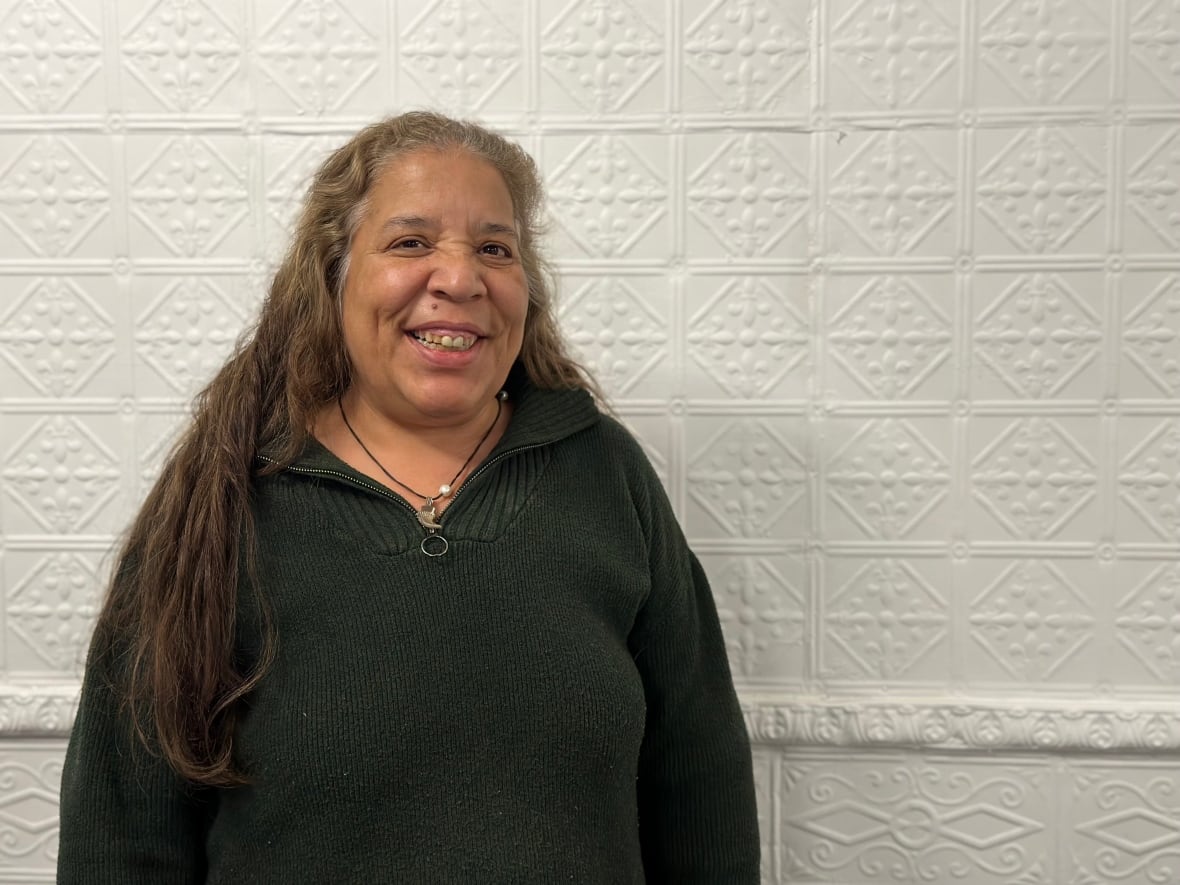
“It’s intimidating and it’s a little scary, but it’s also really exciting to have the opportunity to do this.”
CAAA executive director Bernard Burton sees the initiative as a valuable means to help local Indigenous artists broaden their markets.
“We want everybody to have success going down there and we know that there are sales and we know that there is opportunity here,” said Burton.
Burton said Interested artists should first submit an expression of interest to CAAA, which will then aid artists in making their application for the Santa Fe Indian Market through SWAIA before the market’s Feb. 7 deadline.
“The Santa Fe market is a juried market, so it has very, very strict criteria,” said Burton, adding his team is available to help with the application process.
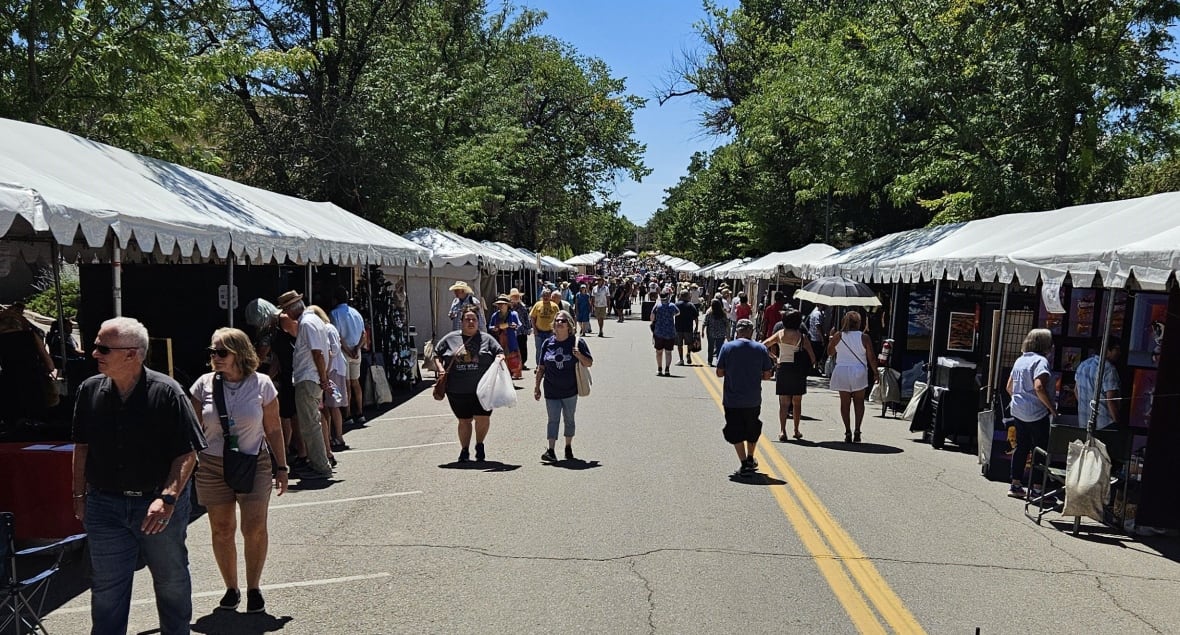
Burton said 12 artists who get approved by SWAIA to attend the market will be selected by Burton’s team to receive further support to cover booth fees, marketing, necessary exporting permits and some travelling expenses.
Ben Sickles, a jewelry designer based in Eskasoni and owner of Standing Stone Silver, is applying.
Sickles, who is Haudenosaunee from Oneida Nation of the Thames in southwestern Ontario, sees the market as a chance for local Indigenous artists to gain exposure and heighten the value of their work. Having sold his work in the United States before, he noted that U.S. markets are willing to pay more for his art.
“My stuff is priced much lower than it would be if I was living and selling exclusively in the U.S.,” said Sickles.
Burton said one of the biggest challenges artists may face is navigating export regulations, especially when working with organic materials like sweetgrass, porcupine quills and animal furs.
CAAA will assist the selected artists with exporting permits for those materials and provide in-market consulting in the U.S. to reduce issues when importing the items.
This post was originally published on this site be sure to check out more of their content

